
Review
Ghost of Yōtei review: is this still open world?
by Simon Balissat

Sony’s exclusive PS5 hit Ghost of Yōtei is going head-to-head with Ubisoft’s open-world behemoth Assassin’s Creed: Shadows. But which Samurai game is better?
This is a fantastic year for fans of Samurai games, with 2025 seeing the release of two highly prestigious titles.
Ubisoft opened the doors to feudal Japan with the launch of Assassin’s Creed: Shadows» in March. Sony then followed with Ghost of Yōtei in October. Both games have a similar Japan setting, bloody gameplay and a revenge story.
But which Samurai adventure is a cut above? Now that I’ve played both games extensively, I’m ready to pit them against each other.
Welcome to the battle of Samurai giants.
To find out once and for all which of these two Samurai games is «better», I’ll be comparing them across the following categories: story, graphics, open-world design, main missions, combat system, stealth and outfits.
As part of this super-scientific and definitely not subjective analysis, I’ll be awarding a maximum of five points in each category (⛩️). Once that’s done, I’ll tally up all the points so that the one true sword master can be crowned.
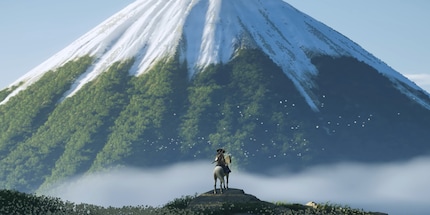
In Ghost of Yōtei, you take on the role of Atsu, whose entire family is slaughtered right before her eyes by a gang of outlaws known as the Yōtei Six. Atsu survives the attack and travels to the south of Japan, where she earns her money as a mercenary. Sixteen years later, she heads back to her northern homeland, determined to take down the six killers.
I’ve seen this simple revenge story in games, series and books dozens of times. But the more Atsu learns about the Yōtei Six, the more exciting the narrative construct gets. You meet interesting characters, and there are even a few unexpected twists in store. Plus, the dialogue is brilliantly written.
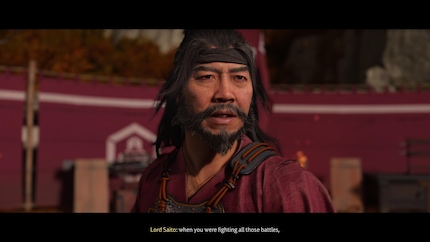
Assassin’s Creed: Shadows is also a story of revenge. Quite a bit more complex, mind you. But not better.
You take on the roles of black Samurai Yasuke and shinobi Naoe. Shadows doesn’t manage to properly showcase Yasuke’s journey from slave to Samurai under Oda Nobunaga. Naoe’s part of the story doesn’t live up to expectations either. The game doesn’t make enough room for the suffering endured by her oppressed home village or the death of her parents to create an interesting character with depth.
Initially starting out as enemies, the two protagonists later join forces to take out members of a deadly underground organisation: the Shinbakufu. The group was involved in the death of Naoe’s parents, not to mention indirectly responsible for the death of Yasuke’s Oda Nobunaga.
It’s an unfocused story, told in a fragmented way. As the game goes on, the storyline becomes confusingly jumbled, with no standout highlights, noteworthy characters or exciting twists. I eventually started to lose track of things, understanding the rationale for taking out certain targets less and less.
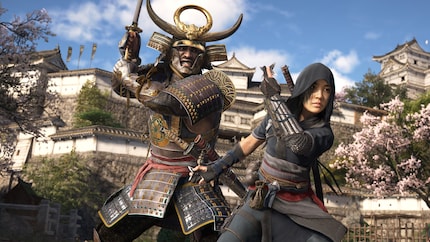
Neither game shines on account of its story. Ghost of Yōtei at least manages to tell a simple revenge story in a neat, exciting way. Assassin’s Creed: Shadows, however, disappoints with its jumped-up story construct that aims too high and, as a result, fails to fulfil its potential.
Ghost of Yōtei: ⛩️⛩️⛩️ Assassin’s Creed: Shadows: ⛩️⛩️
Ghost of Yōtei is pure Far East kitsch. And I don’t mean that in a bad way. The game’s over-the-top art style is implemented consistently all the way through. While I was riding through northern Japan as Atsu, I turned on photo mode every few metres to capture the beautiful landscape.
The game world looks as if someone cranked the saturation level up beyond the maximum. Lush green grass sways next to blood-red autumn leaves floating on the wind. Right beside the meadow, a purple flower bed looks absolutely stunning against the unnaturally blue sky. The sunsets are beautiful too, casting an orange glow over all of the scenery. Glorious.
However, Ghost of Yōtei doesn’t always look gorgeous. The game has some graphical weak spots, including its (inconsequential) NPCs, who often look waxy and stiffly animated. Plus, the lighting around characters is strange too. This is particularly noticeable in dark scenes, where your conversation partners glow as if they’ve been contaminated by radioactive waste. Shadows flicker repeatedly in an unsightly way, while some areas of the open game world seem dreary and lifeless.
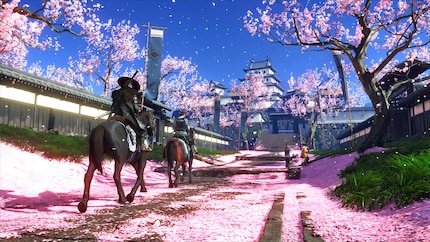
In my review of Assassin’s Creed: Shadows, I said the game had the most beautiful open world I had ever seen. And I still stand by that statement.
The world portrayed in Shadows isn’t as kitschy and colourful as Yōtei’s. Ubisoft opted for a more realistic look, while still managing to establish a consistent and impressive graphical style.
Hats off to them for the dense vegetation combined with realistic wind and weather effects. Paired with lighting supported by ray tracing, the game conjures up dreamlike scenes on your screen. It also makes the character models seem more convincing. Basically, Assassin’s Creed: Shadows truly does feel next-gen.
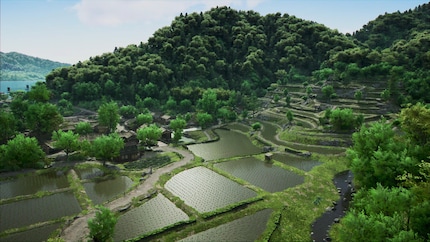
Ghost of Yōtei has a more distinctive graphical style, featuring kitschy colours and dreamlike landscapes in many scenes. However, it does have some technical weaknesses. Assassin’s Creed: Shadows has quite simply the most beautiful open world I’ve ever seen.
Ghost of Yōtei: ⛩️⛩️⛩️⛩️
Assassin’s Creed: Shadows: ⛩️⛩️⛩️⛩️⛩️
At its core, Ghost of Yōtei’s open-world design is very conservative. There are numerous main and side quests, enemy camps and open-world activities such as bamboo stands, hot springs or fox dens to be ticked off your to-do list.
Even so, the way these traditional open-world elements are packaged feels fresh. You can start quests in a variety of ways. Yōtei works with a hint system that roots missions within the game world in an organic way. For example, you can go searching for a wanted criminal after seeing a wanted poster. Or hearing from a village blacksmith that his friend is being held captive by that very same criminal.
It’s also great that the game always has surprises in store for you, even during repetitive open-world missions. A hostile camp might be a castle, a village or sometimes just a dive bar where enemies drink sake. At hot springs, you run into cute animals or scare unsuspecting bathers. At bamboo stands, storms cause lightning to unexpectedly strike around you until you’ve cleared away the weapons lying around. Cool!
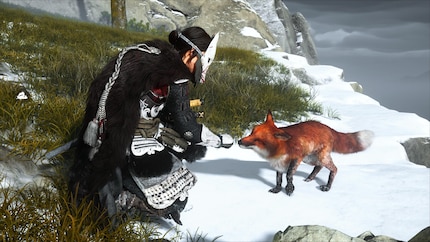
Ubisoft opted for a slightly different approach to its open-world design for Assassin’s Creed: Shadows. The map is no longer plastered with an infinite number of icons and to-do lists. Instead, you’re supposed to find missions and tasks by exploring the game world, not the map.
Underneath this new coat of paint, however, you’ll find that same old Ubisoft formula. One that wears thin after just a few hours of play. Many of the activities are only marginally exciting and repeated too often. You constantly have to infiltrate castles and assassinate people.
The side quests and minigames are barely worth mentioning – they seem like filler used to artificially inflate the scope of the game. It’s a shame that one of the most beautiful open game worlds of all time doesn’t offer a little more substance. As the game progresses, historical Japan degenerates into a lifeless, repetitive backdrop.
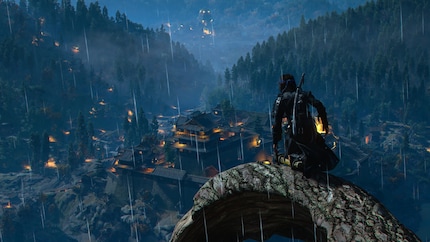
Both games offer more traditional open-world fare, without taking many risks. However, Ghost of Yōtei packages its open-world missions more elegantly and doesn’t feel like it’s been expanded artificially.
Ghost of Yōtei: ⛩️⛩️⛩️⛩️
Assassin’s Creed: Shadows: ⛩️⛩️
The main missions in Ghost of Yōtei are terrific. In many moments, the game feels more like a carefully choreographed action spectacular à la Uncharted than an open world. And it’s these grandly staged set pieces that stay with you after the credits roll.
They provide a welcome change of scene from the open-world section, creating excellent pace. After completing a main mission, I’m really keen to explore the open game world again. And after enough time riding around with Atsu, I feel that urge to go on another linear main mission.
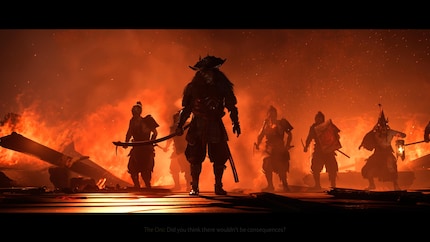
The main missions in Assassin’s Creed: Shadows are less spectacular. Although they’re nicely presented with cool cutscenes, they fail to stand out from the monotonous open-world structure.
In the main missions, you do pretty much exactly the same things you do in the open game world: infiltrate castles, kill some sort of princes, loot. Over and over again. The missions merge into one repetitive mishmash, with no standout moments.
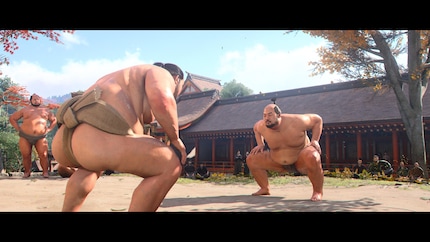
In Ghost of Yōtei, the linear, action-packed main missions offer a welcome change from open-world activities. Meanwhile, main missions in Assassin’s Creed: Shadows don’t manage to distinguish themselves from the monotonous tasks in the open game world.
Ghost of Yōtei: ⛩️⛩️⛩️⛩️⛩️
Assassin’s Creed: Shadows: ⛩️⛩️⛩️
The combat system in Ghost of Yōtei is close to perfection. Atsu has plenty of weapons in her arsenal: a katana (sword), a double katana, a kusarigama (sickle and chain), a yari (spear) and an odachi (giant sword). On top of that, there are countless gadgets, including bombs, guns, and bows and arrows for long-range combat.
Battles follow the rock-paper-scissors principle, meaning you have to constantly change weapons in order to attack enemies as efficiently as possible. They’re strategic. Blocks, dodges and counters mix to create a bloody dance of blades. If you simply blindly strike at your enemy, you’ll usually end up dead.
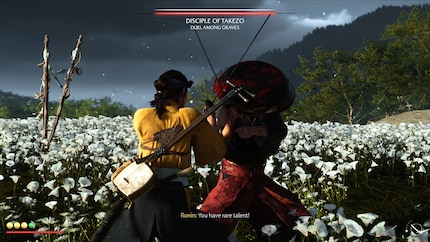
Battles in Assassin’s Creed: Shadows are primarily designed for mighty muscleman Yasuke. Your selection of weapons includes katanas, naginatas (spears), kanabou (mace), rifles and bows. Despite this large arsenal, the combat system is simple. Most enemies can be defeated by simply laying into them. On the bright side, the presentation’s wonderfully brutal.
If you get into an open battle as Naoe, you’ll be at a disadvantage. Her arsenal of weapons includes katanas, kusarigama, tantōs (knife) and throwables such as shurikens. The nimble shinobi deals little damage and takes just as little. Battles as Naoe are tougher, so it’s all the more annoying that you can’t change character after starting a mission. Although there’s a skill tree with unlockable attacks and passive abilities for each weapon for both characters, very few of them are genuinely interesting.
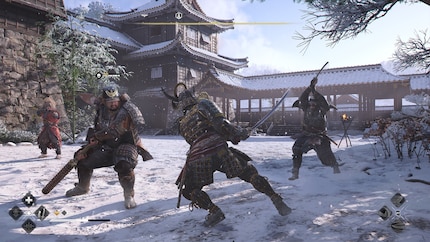
It doesn’t get much better than Ghost of Yōtei. The strategic battles are challenging and epically put together. In Assassin’s Creed: Shadows, they’re simpler. The most annoying thing is not being able to switch back and forth between Yasuke and Naoe in missions.
Ghost of Yōtei: ⛩️⛩️⛩️⛩️⛩️
Assassin’s Creed: Shadows: ⛩️⛩️⛩️
Stealth isn’t Ghost of Yōtei’s strong point. Although Atsu’s good at sneaking around, her moveset is limited. She can hide in tall grass and clamber up buildings to hide from hostile (and often dumb) soldiers. Plus, she can see through walls. But that’s it. There are no complex stealth mechanics.
Atsu uses a bow and arrow to kill enemies from a distance, which the kusarigama’s really handy for too. Sometimes, she uses swords lying around as deadly projectiles. Sure, this is cool, but it’s pretty basic too.
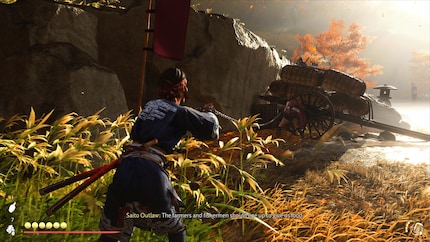
If Assassin’s Creed: Shadows can do anything, it’s stealth. Bringing new ideas and old strengths together, the game’s stealth system is impressive. I especially like the focus on darkness. Enemies can’t see you nearly as well in shadows (is that you, Splinter Cell?) Naoe can also move around on her belly, which, paired with her parkour skills, makes for a really fun, flexible stealth system.
But Shadows isn’t perfect either. There are relatively few exciting gadgets available when you’re sneaking around. Bells, smoke bombs, shurikens and that’s it. Yasuke’s stealth skills are disappointing too. This colossus has zero ability to sneak, often leaving open combat as the only option. Again, it’s annoying that you can’t switch to Naoe in a mission if you realise Yasuke’s approach will be too brutal.
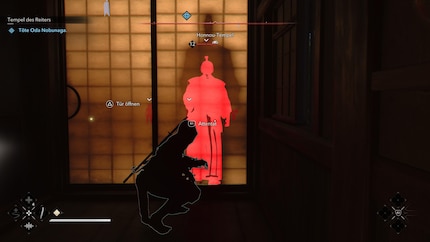
Ghost of Yōtei has a sound if unspectacular stealth system. Assassin’s Creed: Shadows impresses with Naoe’s complex stealth mechanics, but loses a point for its boring gadgets and the incompetent Yasuke.
Ghost of Yōtei: ⛩️⛩️⛩️ Assassin’s Creed: Shadows: ⛩️⛩️⛩️⛩️
What would a Samurai game be without cool outfits? Ghost of Yōtei certainly checks all the boxes in this category. It’s got everything from opulent Samurai uniforms to inconspicuous shinobi clothing. One really cool element is that you can change the colour combinations of your garments.
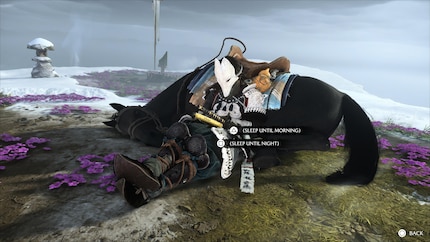
The wardrobe options inAssassin’s Creed: Shadows are impressive too. Since the two main characters differ significantly in terms of stature and gameplay, there’s an even wider selection of clothing available.
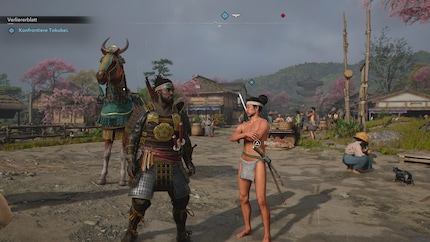
Both games impress with their striking outfits. I keep switching back and forth between different ones.
Ghost of Yōtei: ⛩️⛩️⛩️⛩️⛩️
Assassin’s Creed: Shadows: ⛩️⛩️⛩️⛩️⛩️
Ghost of Yōtei emerges victorious in my battle of the Samurai, with a total of 29 out of a possible 35 points. The PS5-exclusive hit has won me over with its memorable graphical style, painstakingly crafted open world, fantastic main missions and a virtually flawless combat system. When it comes to the story and stealth system, there’s still room for improvement.
Assassin’s Creed: Shadows comes a distant second with 23 out of 35 points. The impressive aspects of Ubisoft’s epic adventure are its open world (the most beautiful ever made) and solid stealth system. However, the jumped-up story and repetitive open-world and mission structure are disappointing.
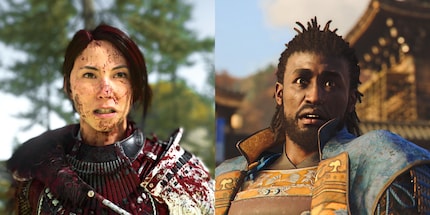
Check out these articles if you’re keen to read more about Ghost of Yōtei:
My love of video games was unleashed at the tender age of five by the original Gameboy. Over the years, it's grown in leaps and bounds.
This is a subjective opinion of the editorial team. It doesn't necessarily reflect the position of the company.
Show all